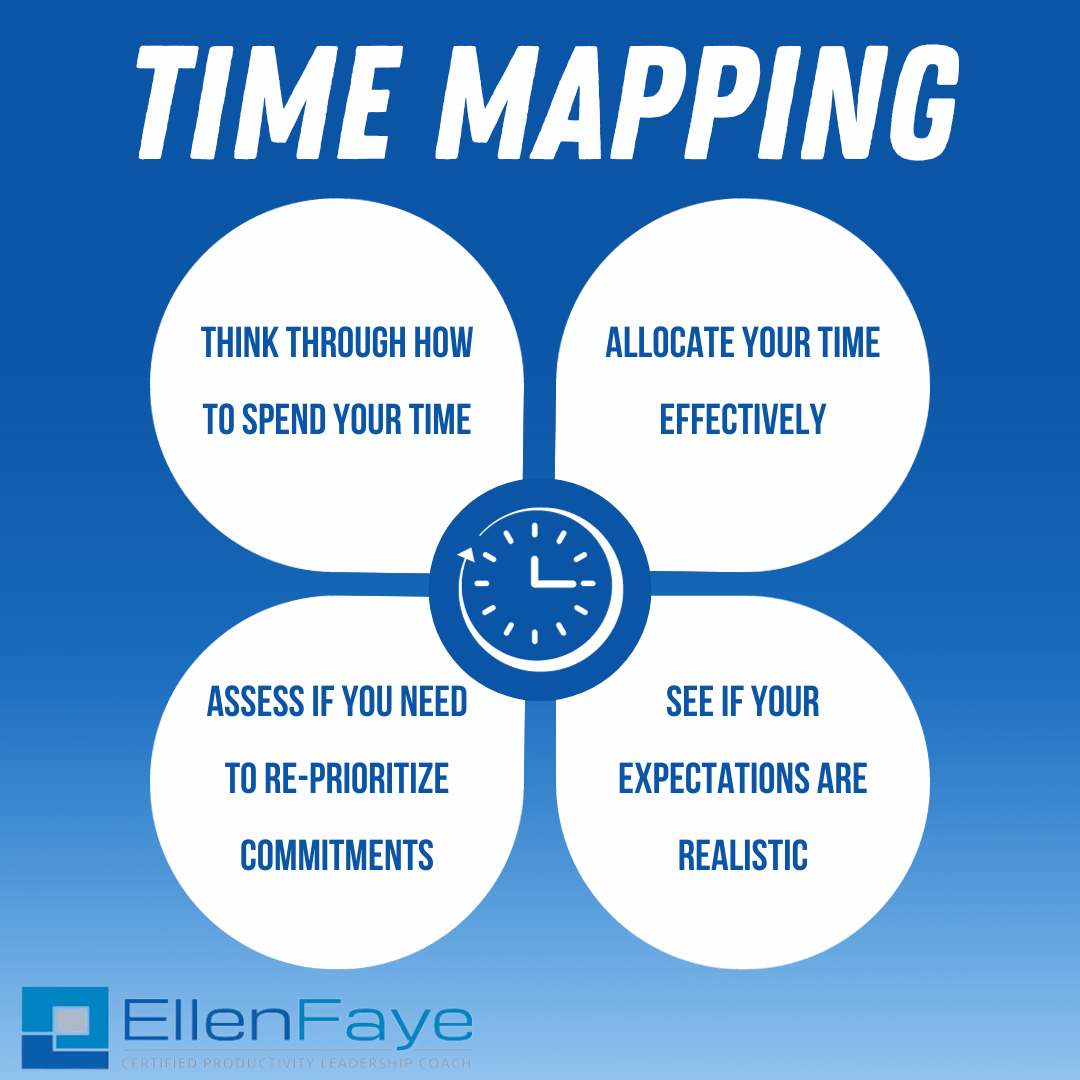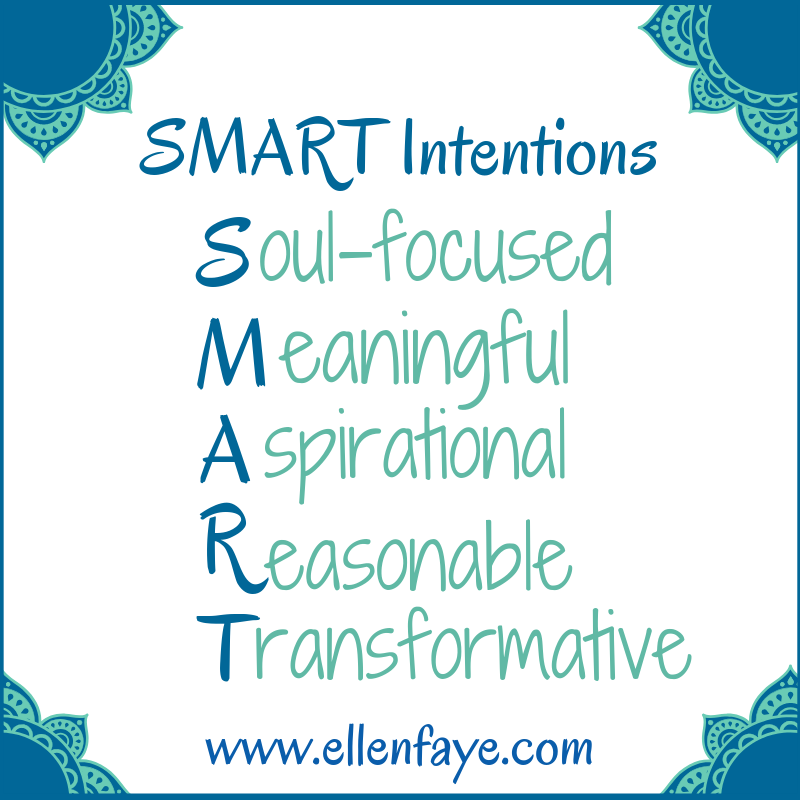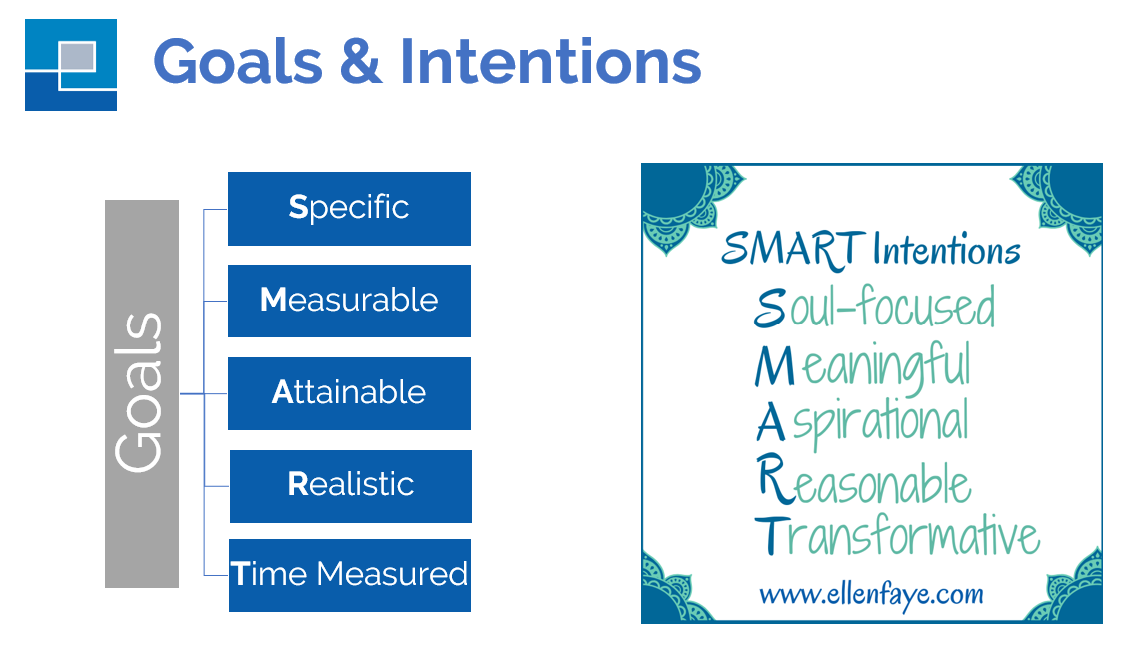21 Dec To Do List Pro Secrets
We’ve been talking about your to-do/task list the last few posts. Here are my favorite pro tips for an effective to do list. With the new year upon us, it’s a good time to tune up your processes.
Capture Your Thoughts
- Use your list as a capturing device. If you think you’re going to remember everything without writing it down, you simply won’t remember what you’ve forgotten. And if you really can remember EVERYTHING, this probably won’t be the case as you get more and more responsibilities, in and outside of your work.
- Get in the habit of capturing thoughts as you think of them. Capture new to-dos directly on your list, make a note and put it in a specified place that you check when updating your list, or send an email or message to yourself to cue you to add the task to your list.
Be Concise
- Your task list will serve you best with fewer words. The more words, the more visual clutter and the more difficult it will be to see what you really need to do. The purpose of your list is to cue you into action. The brain works off of cues; it doesn’t need full explanations.
Projects Don’t Belong on Your CRITICAL or HOT List
- A frequent stumbling block in task management is that people put projects on their task list. This is where project planning will serve you. What steps do you need to take to create the workshop?
- Brainstorm the steps onto either an electronic document or on individual sticky notes. Taking time to think through the steps makes everything easier.
- Once you have the individual steps, then you can more easily put them in order and see if anything is missing.
- Now that you have the steps of your plan, you can decide when you will execute on them, adding them to your to do list in individual steps.
Removing Things from You List Is Good Too
- Guess what! Just because something is on your task list doesn’t mean it needs to stay there. Life changes. Priorities shift. What seemed like a great idea three weeks ago may not sound like a good idea today, or next week, or the week after.
- Before leaving a task on your list ask yourself:
- Is this task still important?
- Is there someone you should check in with and discuss if the task is still a priority?
- If this task has been on your list for a long time and you still haven’t done it, how important can it really be?
- Removing unimportant things from your task list ensures you are focusing on your high-value work.
Update Regularly
- Doing the right tasks at the right time supports your goals, intentions, and priorities. To execute on your tasks, you need to keep them top of mind.
- For a task list to keep you focused and directed, it needs to be maintained. Without proper maintenance, it quickly becomes obsolete. Your investment of time and energy to set it up is wasted.
- Planning puts you on the path to better productivity. If you want to be more effective and less stressed, a properly maintained task list is an indispensable asset.
This is an excerpt from Chapter 9 of my new book Productivity for How You’re Wired available on Amazon. Worksheets and online templates are included via the time tools link discussed in the book.











